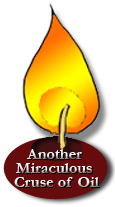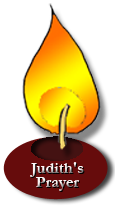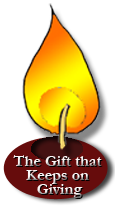We welcome you to Women and Wonder. This website reveals the integral connection of women to Hanukkah, the festival of miracles. The site is filled with resources and ideas; sights and sounds; visions and voices. You will encounter heroic women, courageous families, ancient customs, current challenges, timeless oil and manifold definitions of miracles.
At first glance it would seem that women did not play a pivotal role in the story of Hanukkah. However, upon further examination, it becomes clear that they hold a special place both behind the scenes and on center stage. Women are involved in the miracles of Hanukkah, and Judith, the daughter of Merari, is a shining star.In fact, the Talmud explains, women are obligated to light the Hanukkah candles, “because they too were included in this miracle”. Later halakhic authorities assert that women are to refrain from work while the Hanukkah lights are burning. This custom has become widespread practice throughout the world.Why women?In Women and Wonder, we consider diverse answers to this question. You are invited to treat yourself to an enlightening learning experience in your home, while the Hanukkah candles are lit. There are eight dimensions for you to explore-- one for each of these special nights of Hanukkah. To access them, click on one of the flames below. Enjoy this time to study with your family and to illuminate your home with the light of Torah.







